Steeping tea seems simple: hot water, tea leaves, wait a bit, then enjoy. But any seasoned tea drinker knows that a perfect cup relies heavily on one deceptively simple factor—how long to steep tea. Steeping time affects everything from aroma and flavor profile to caffeine content and bitterness. Missteps can turn a premium loose-leaf experience into an astringent mess or a flat disappointment. And yet, many people don’t realize the nuances involved in this crucial part of the brewing process. If you want to get the most out of every cup, learning how steeping time interacts with tea type, water temperature, leaf size, and even cultural practices is essential.
Understanding how long to steep tea involves more than following package instructions. These recommendations are often too generic or assume you’re using standard tea bags. But premium tea requires precision. Even a 30-second difference can shift a tea’s balance from floral and smooth to acidic and bitter. In this article, we’ll examine steeping times across different tea varieties, the influence of temperature and leaf quality, and how small adjustments can yield exceptional results. Avoid the most common mistakes by taking a more mindful, deliberate approach to steeping. Great tea isn’t just brewed—it’s crafted.
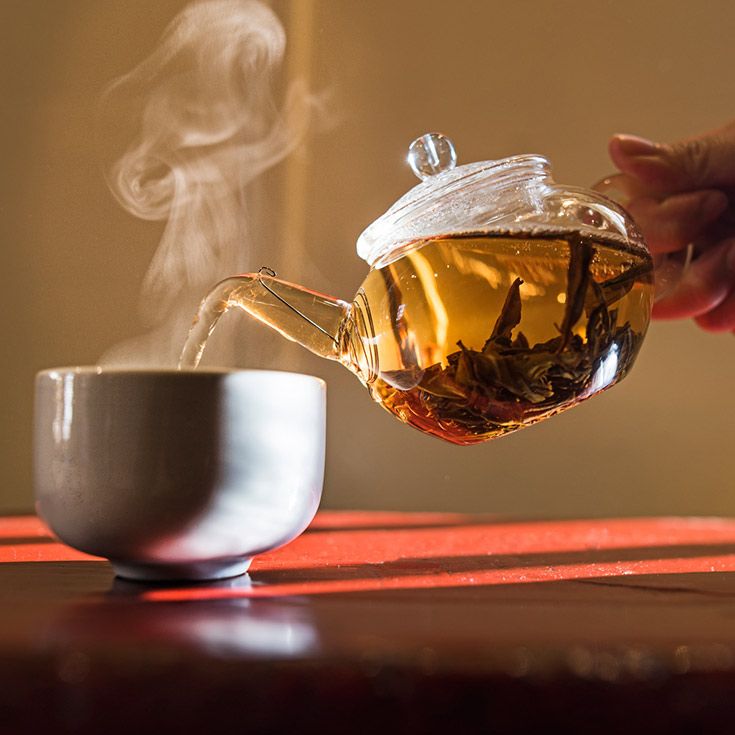
The Chemistry of Flavor: Why Steeping Time Dictates Taste and Quality
Tea leaves contain hundreds of volatile compounds. Some contribute to the flavor, others to the color, and many influence the nutritional benefits. The length of time these leaves stay in contact with hot water determines which of these compounds get released. That’s why how long to steep tea plays a chemical role as much as a culinary one. Catechins, tannins, essential oils, and alkaloids like caffeine all extract at different rates. Pulling the leaves out too early means missing the more subtle notes; leaving them too long introduces overwhelming bitterness and mouth-drying astringency.
For example, green tea contains a higher concentration of catechins, which have antioxidant properties but also contribute to bitterness. If you steep green tea for longer than three minutes, especially in water that’s too hot, you extract excessive catechins and tannins. The result? A bitter, almost metallic taste that masks the tea’s natural sweetness and complexity. On the other hand, black teas—especially those with broken or crushed leaves—release flavor more quickly and often benefit from a slightly longer steep. Knowing the chemistry behind tea makes how long to steep tea a question of balance and intentionality. You’re not just making a drink; you’re managing an extraction process.
Tea Varieties and Their Ideal Steeping Times: A Precise Approach
Every type of tea requires a different approach, and lumping them all under the same steeping guideline is a recipe for mediocrity. Here’s a breakdown of steeping best practices across the main tea categories:
-
Green Tea: Typically steeped for 1 to 3 minutes at 160–180°F (70–80°C). These teas are delicate and packed with volatile compounds that degrade quickly under high heat.
-
Black Tea: A stronger brew requiring 3 to 5 minutes at 200–212°F (93–100°C). Longer steeping deepens flavor but intensifies tannins, which can create a dry mouthfeel.
-
White Tea: Needs a gentler touch—4 to 5 minutes at 160–185°F (70–85°C). These minimally processed leaves benefit from low heat and slightly extended steeping.
-
Oolong Tea: Varies widely, but most oolongs do well at 3 to 5 minutes, brewed at 185–205°F (85–96°C). Steeping longer can unveil new flavor layers in high-quality oolongs.
-
Herbal Infusions: Caffeine-free herbal teas like chamomile or peppermint require 5 to 7 minutes at boiling (208°F/98°C). Since they lack tannins, longer steeping intensifies taste without bitterness.
These variations make it clear that asking how long to steep tea is not just useful—it’s necessary for any serious tea drinker. A green tea shouldn’t be treated like a pu-erh. Generic advice won’t suffice when each tea type demands its own precise timing.
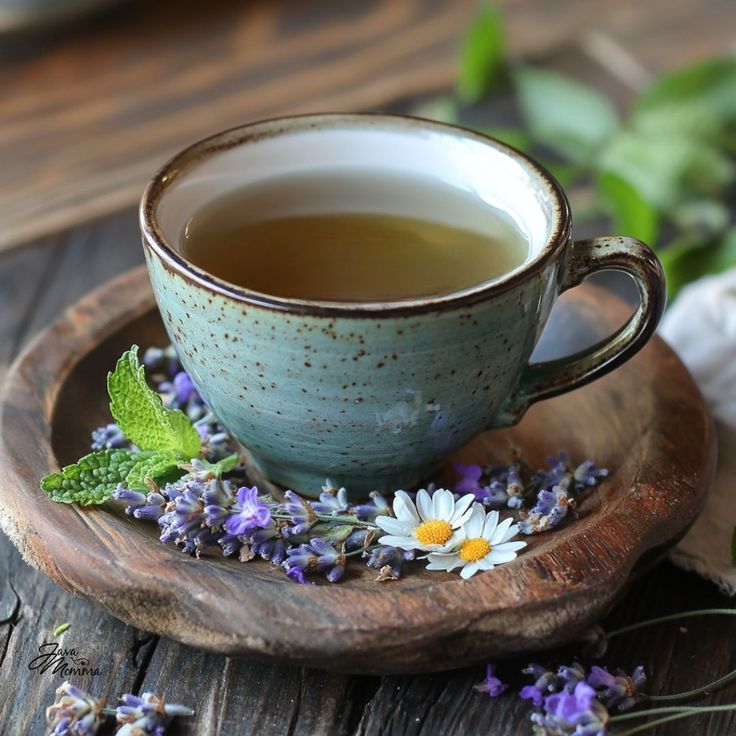
Water Temperature and Timing: How They Work Together
Water temperature doesn’t just influence taste—it changes the chemical dynamics of the steeping process. Even if you know how long to steep tea, using water that’s too hot or too cool can sabotage your efforts. Green tea, for instance, steeped in boiling water becomes an aggressive brew that overwhelms the palate. Conversely, using lukewarm water for black tea produces a dull, lifeless cup.
The right steeping time only works if it’s paired with the correct temperature. When you steep white or green tea, always let boiling water cool down for a minute or two before pouring. For black or herbal teas, use fully boiling water to activate flavor compounds and ensure full extraction. High-end electric kettles with variable temperature settings make this easier, but even traditional stovetop methods work if you monitor cooling time.
Precision here isn’t about snobbery—it’s about extracting the right flavors. When people ask how to fix bitter or flavorless tea, the answer often lies in the combination of poor temperature control and incorrect timing. Once you master this pairing, your tea’s flavor depth, mouthfeel, and aroma improve dramatically.
Leaf Grade and Format: Whole Leaf vs. Bagged Tea
Tea isn’t just leaves; it’s a matter of grade and processing. Whole-leaf teas, typically found in loose-leaf form, differ significantly from bagged teas made of broken leaves, fannings, or even dust. The size and surface area of the tea particles influence how quickly flavor compounds are extracted. Smaller particles steep faster but release more tannins, often creating a bitter finish.
Loose-leaf teas offer a broader range of flavor, aroma, and complexity—but they also require more attentive steeping. If you’re drinking a handcrafted oolong or a delicate white tea, extending steeping time by even a minute can destroy the delicate floral and fruity notes. Bagged teas, on the other hand, often become too strong if left for more than 2 to 3 minutes. So when determining how long to steep tea, always consider the leaf grade and size.
Investing in loose-leaf tea may require more effort, but it rewards you with a cup that has depth, nuance, and character. Once you calibrate steeping times based on format and grade, you’ll find that even your daily cup transforms into something truly memorable.
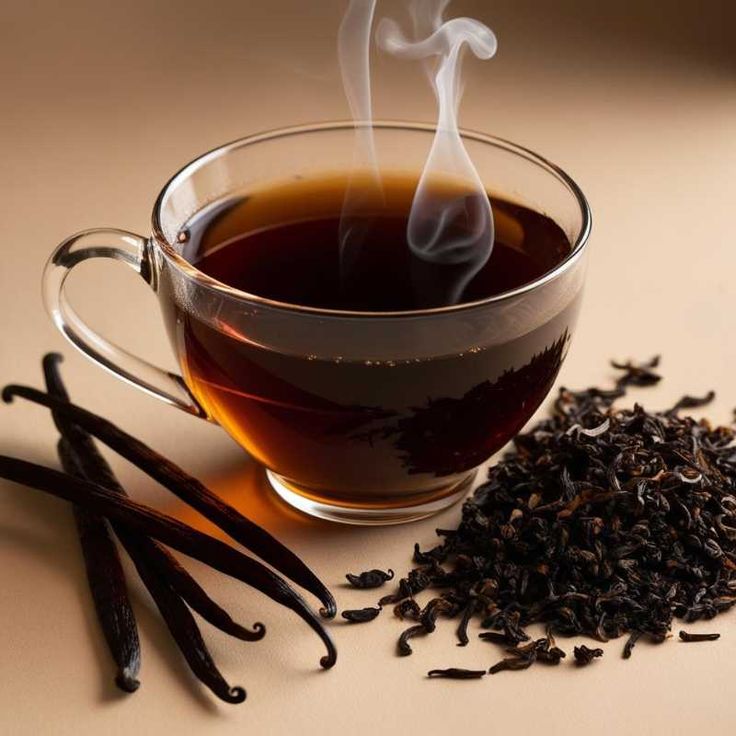
The Re-Steeping Technique: Maximizing Flavor from Multiple Infusions
High-quality teas—especially oolong, pu-erh, and even some green varieties—are designed for multiple infusions. But re-steeping is not just about saving money or being environmentally friendly. It’s a technique to discover different layers of flavor that emerge at various steeping stages. Knowing how long to steep tea for each infusion is the key to making the most of this method.
The first steep usually requires a short time to “wake up” the leaves—anywhere from 30 seconds to 2 minutes depending on the tea. The second steep typically draws out the most well-rounded flavor. Subsequent infusions may need longer times, often increasing by 30 seconds to 1 minute each round. The result is a journey through a spectrum of taste—floral, fruity, earthy, and spicy—within the same batch of leaves.
This process connects you with traditional tea cultures, especially those in China and Japan, where multiple steepings are integral to the ritual. Whether you’re brewing gong fu style or simply reusing your leaves in a teapot, adjusting the steeping time for each infusion is critical to experiencing tea’s full potential.
Common Steeping Mistakes and How to Correct Them
Many tea drinkers assume longer is better, equating stronger tea with higher quality. This is one of the most common and damaging misconceptions. Over-steeping leads to bitterness, excessive caffeine, and unpleasant astringency. Instead of extending steeping time, increase your leaf-to-water ratio if you want a bolder cup. This method intensifies flavor without over-extracting tannins.
Another error is ignoring the freshness of your tea. Old or poorly stored tea leaves lose volatile compounds, requiring longer steeping to produce even a mediocre result. But extended steeping only brings out dull, flat notes. Invest in fresh, properly stored tea and store it in airtight containers away from light and moisture.
Additionally, squeezing tea bags or constantly stirring the pot releases undesirable compounds. Instead, allow the leaves to infuse naturally. Use a timer to stay precise—guessing doesn’t cut it. When people ask how long to steep tea for the perfect result, the correct answer always includes, “Not too long, and never rushed.”
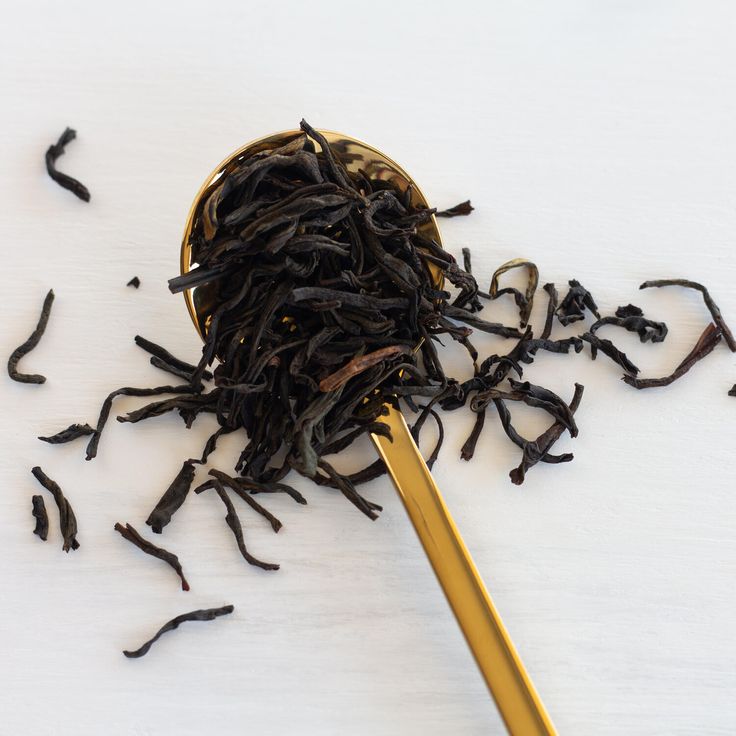
Cultural Insights: Global Steeping Practices Worth Exploring
Different cultures approach steeping with varying philosophies, shaped by tradition and regional preferences. In Japan, teas like gyokuro and sencha are often steeped for under a minute, emphasizing subtle umami and sweetness. Chinese gong fu brewing emphasizes multiple short infusions, each carefully timed and poured. British tea culture embraces longer steeping—up to 5 minutes—for a robust brew often mellowed with milk.
In Morocco, green tea with mint is steeped long enough to blend sweet and bitter elements, reflecting a hospitality ritual. In Russia, concentrated black tea “zavarka” is made strong and diluted with hot water to taste. These practices illustrate that how long to steep tea is not a fixed rule but a flexible concept shaped by context and custom.
Exploring these cultural traditions expands your tea knowledge and sharpens your palate. It invites you to move beyond basic instructions and treat tea as a living tradition, where technique and intention matter just as much as ingredients.
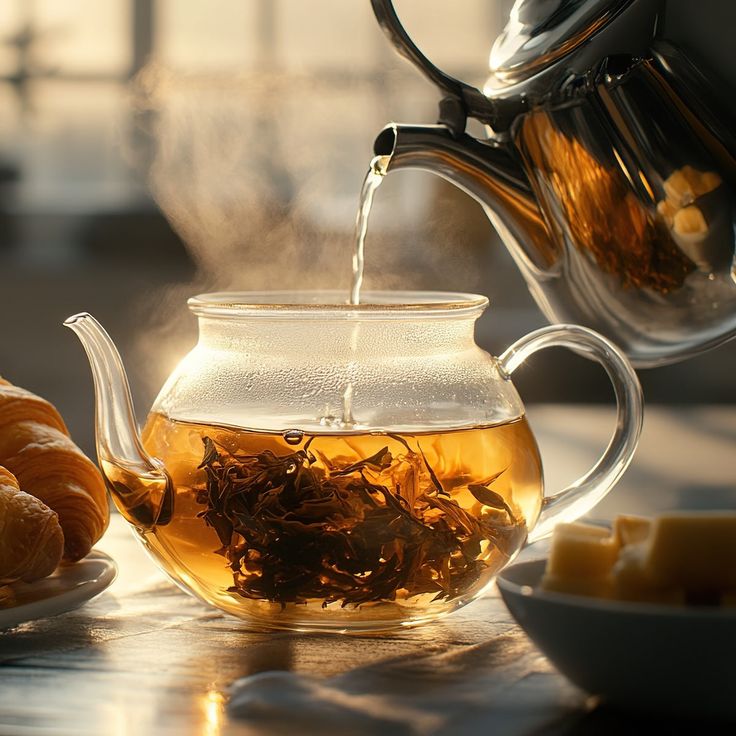
Final Thoughts: Steeping Tea with Precision, Not Guesswork
Perfect tea doesn’t come from guesswork—it comes from deliberate action. Learning how long to steep tea is the foundation of consistently excellent cups. From understanding leaf chemistry and water temperature to honoring cultural traditions and avoiding common mistakes, each element plays a role in elevating your tea experience.
Measure your water temperature, set a timer, and observe how changes affect the brew. Keep a journal if needed to refine your approach for different teas. Don’t rush the process. The reward is not just better tea but a more mindful, sensory-rich experience that honors the centuries-old tradition of tea drinking.
So next time you prepare a cup, pause and consider: how long to steep tea for this particular type, this particular moment? That small question opens the door to a much deeper appreciation of what tea can be.